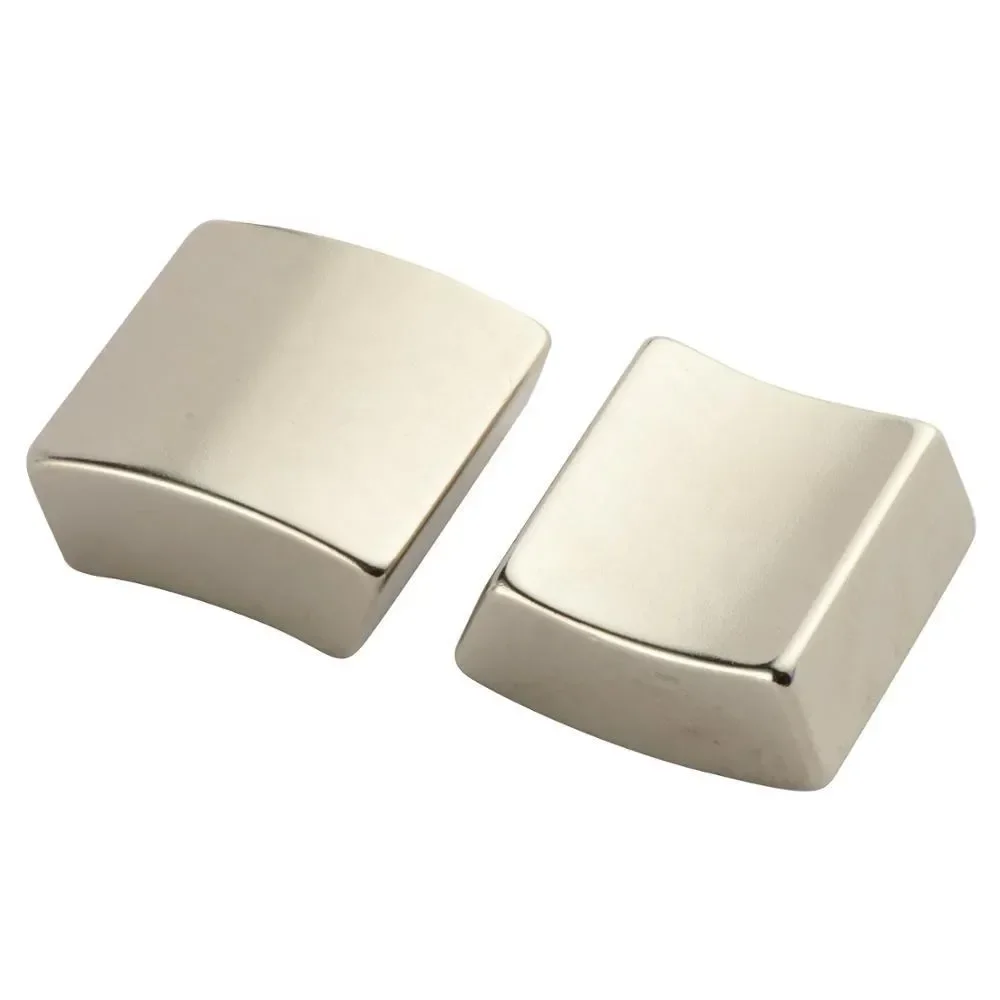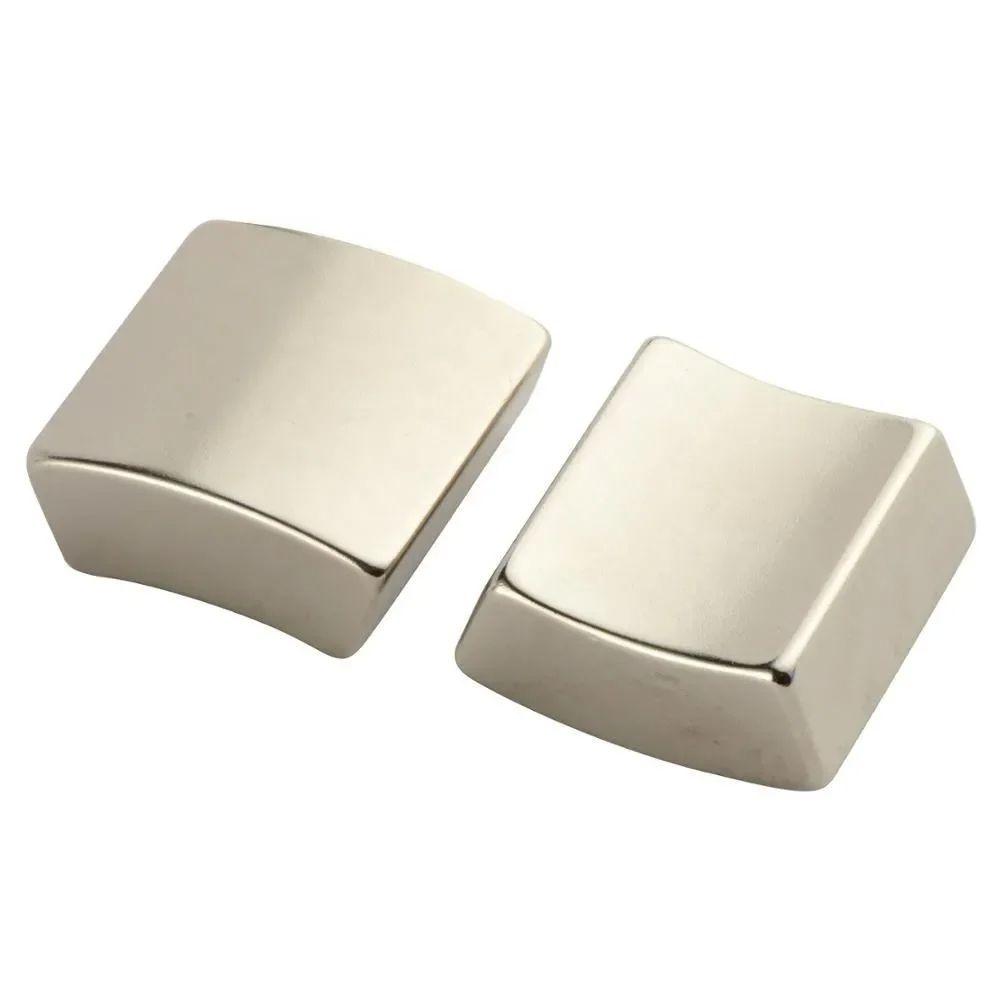Neodymium magnets, also known as rare-earth magnets, are widely used in various industries due to their exceptional magnetic properties. These magnets are known for their incredible strength, making them ideal for applications that require high magnetic fields in compact sizes. While neodymium magnets are commonly available in standard shapes like discs and blocks, special shaped neodymium magnets offer unique design possibilities for specific applications. In this blog post, Zhonghang will delve into the intricate manufacturing process of special shaped neodymium magnet for sale, exploring the steps involved and the challenges faced.
1. Design and Engineering:
The manufacturing process of special shaped neodymium magnets begins with the design and engineering phase. This stage involves understanding the specific requirements of the application and creating a design that meets those needs. The design process takes into account factors such as magnet dimensions, magnetic field strength, temperature resistance, and any other special requirements. Advanced computer-aided design (CAD) software is used to create precise 3D models of the desired magnet shape.
2. Material Selection:
Once the design is finalized, the next step is selecting the appropriate neodymium magnet material. Neodymium magnets are composed of a mixture of neodymium, iron, and boron (NdFeB). The material selection depends on the desired magnetic properties, temperature resistance, and cost considerations. Different grades of neodymium magnets are available, each with varying magnetic strength and temperature limits. The chosen material is then prepared for the manufacturing process.
3. Magnetization:
Before the manufacturing process can begin, the neodymium magnet material needs to be magnetized. Magnetization involves exposing the material to a strong magnetic field to align the magnetic domains within the material. This process ensures that the final magnet exhibits the desired magnetic properties. Magnetization can be achieved using various methods, including pulse magnetization, multi-pole magnetization, or radial magnetization, depending on the specific magnet shape and requirements.

4. Cutting and Shaping:
Once the magnet material is magnetized, it is ready for cutting and shaping. Special shaped neodymium magnets often require intricate cutting techniques to achieve the desired shape. This step involves using precision cutting tools such as diamond saws or wire EDM (Electrical Discharge Machining) to cut the magnet material into the desired shape. The cutting process requires skilled operators and careful attention to detail to ensure accuracy and minimize material wastage.
5. Surface Treatment:
After the magnets are cut into the desired shape, they undergo surface treatment to improve their durability and protect them from corrosion. Surface treatment typically involves coating the magnets with a protective layer, such as nickel, zinc, or epoxy resin. The chosen coating depends on the specific application requirements and environmental conditions the magnets will be exposed to. The surface treatment process ensures that the magnets maintain their performance and longevity over time.
6. Quality Control:
Throughout the manufacturing process, quality control measures are implemented to ensure that the special shaped neodymium magnets meet the required specifications. Quality control involves various tests and inspections, including dimensional checks, magnetic field strength measurements, temperature resistance tests, and visual inspections. Any magnets that do not meet the specified criteria are rejected, and the manufacturing process is adjusted accordingly to maintain consistent quality.
7. Packaging and Delivery:
Once the special shaped neodymium magnets pass the quality control checks, they are carefully packaged to protect them during transportation. Proper packaging is crucial to prevent any damage or demagnetization of the magnets. The packaged magnets are then shipped to the customers, ready to be integrated into their respective applications.
Conclusion:
The manufacturing process of special shaped neodymium magnets is a complex and precise endeavor. From design and engineering to cutting, shaping, and surface treatment, each step requires meticulous attention to detail and expertise. Special shaped neodymium magnets offer endless possibilities for innovative applications, enabling engineers and designers to push the boundaries of what is possible. By understanding the intricacies of the manufacturing process, we can appreciate the remarkable capabilities of these magnets and their significant contributions to various industries.
https://www.zhsdmagnet.com/Manufacturing-process-of-special-shaped-neodymium-magnet.html

